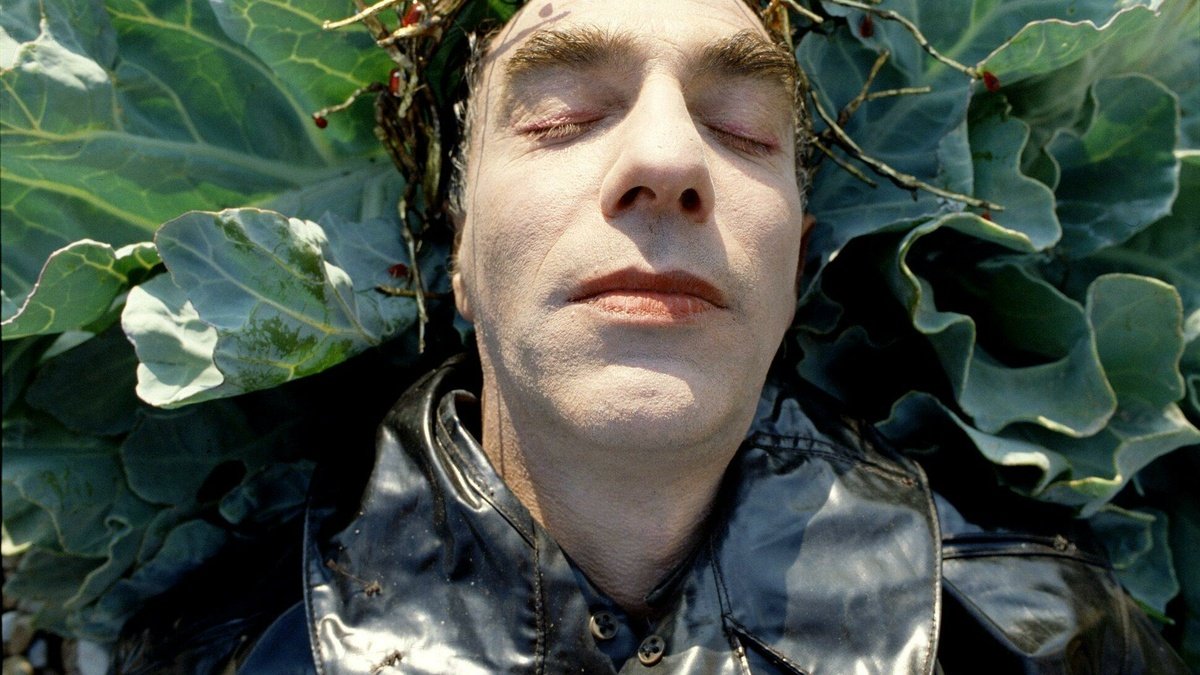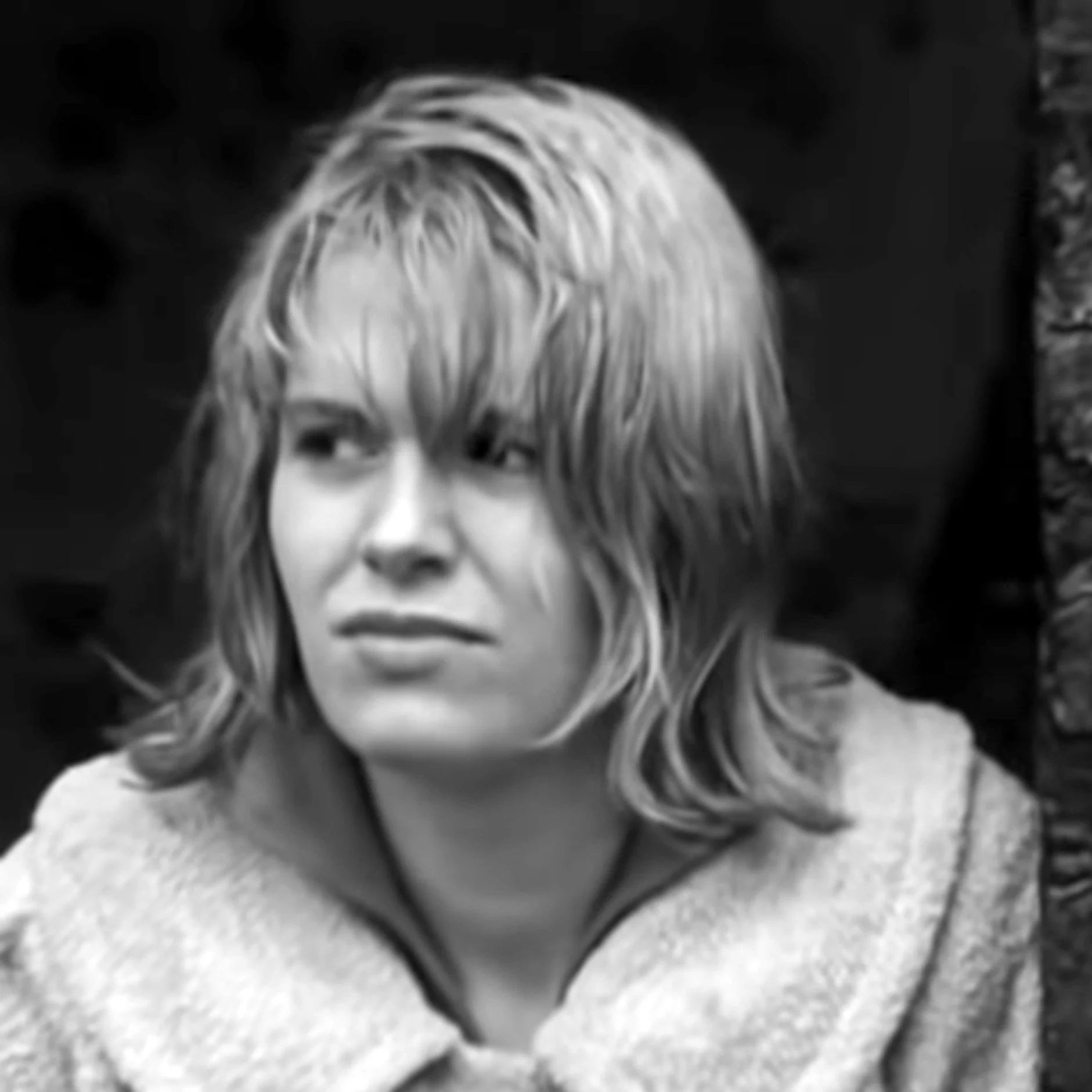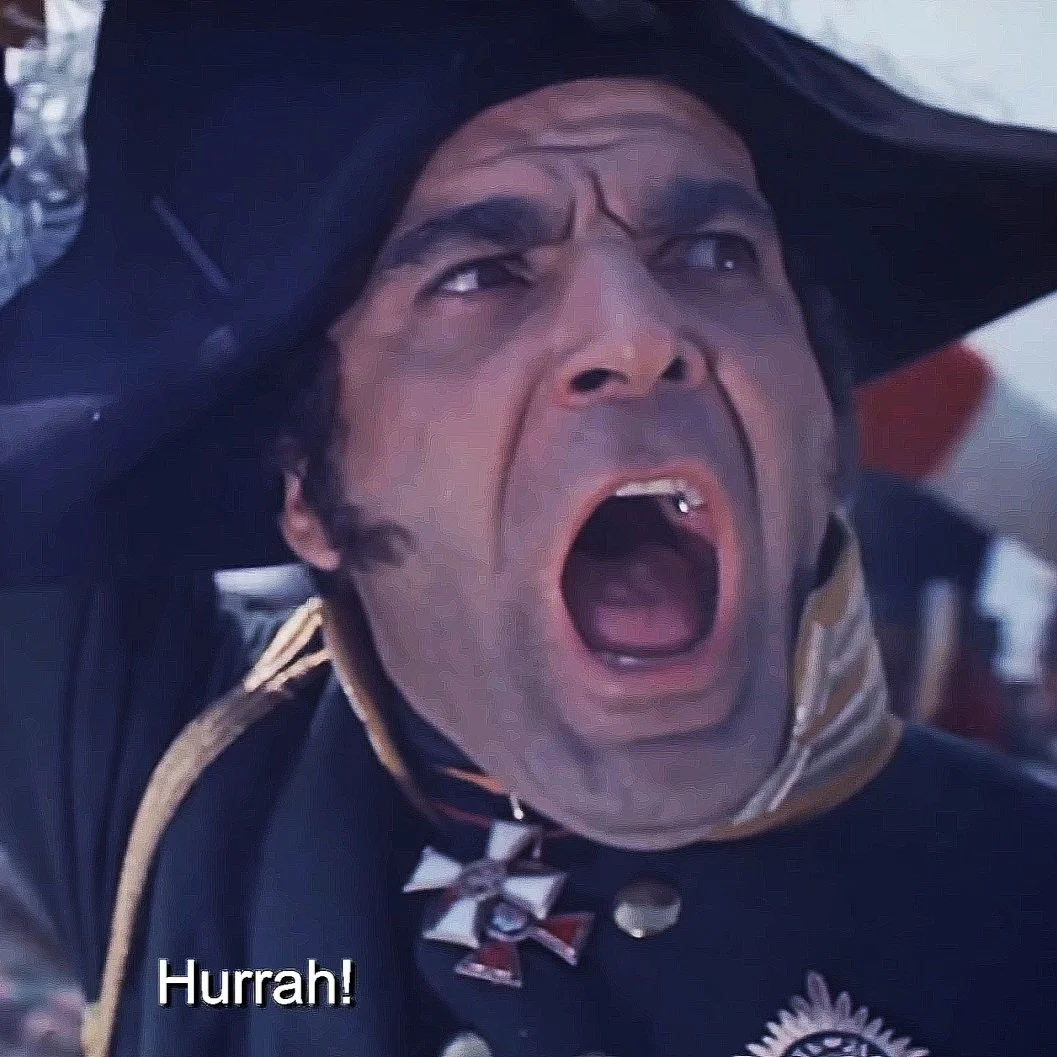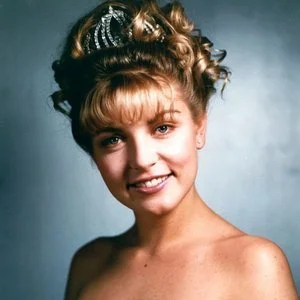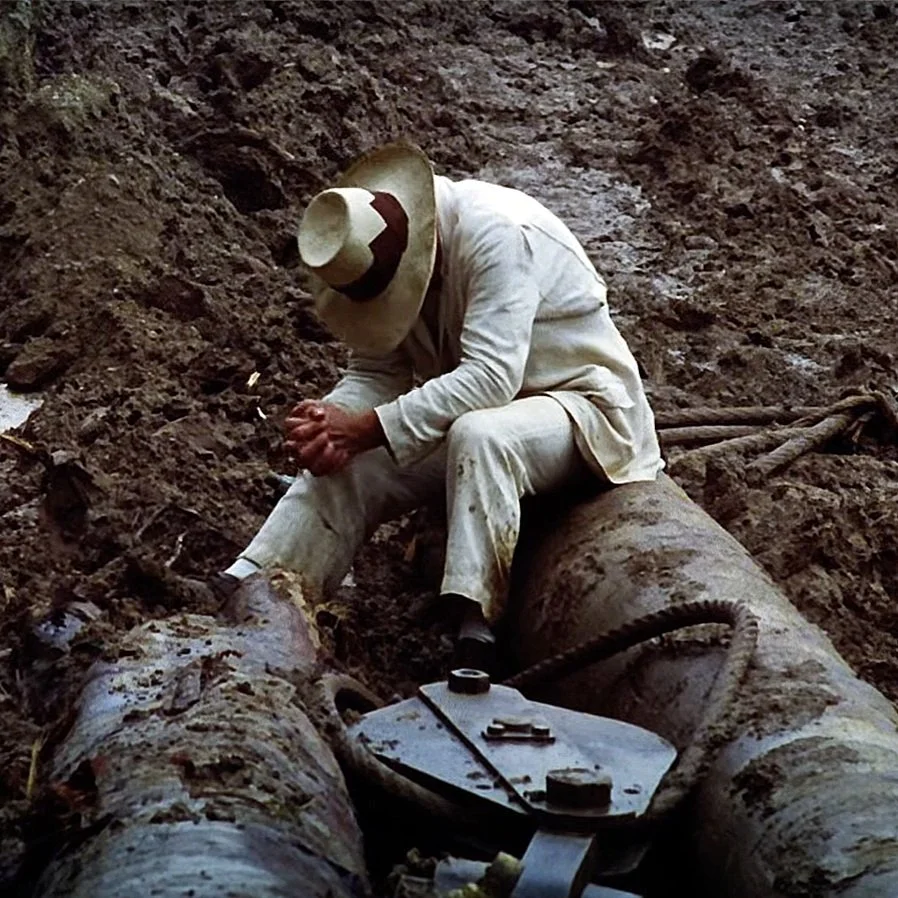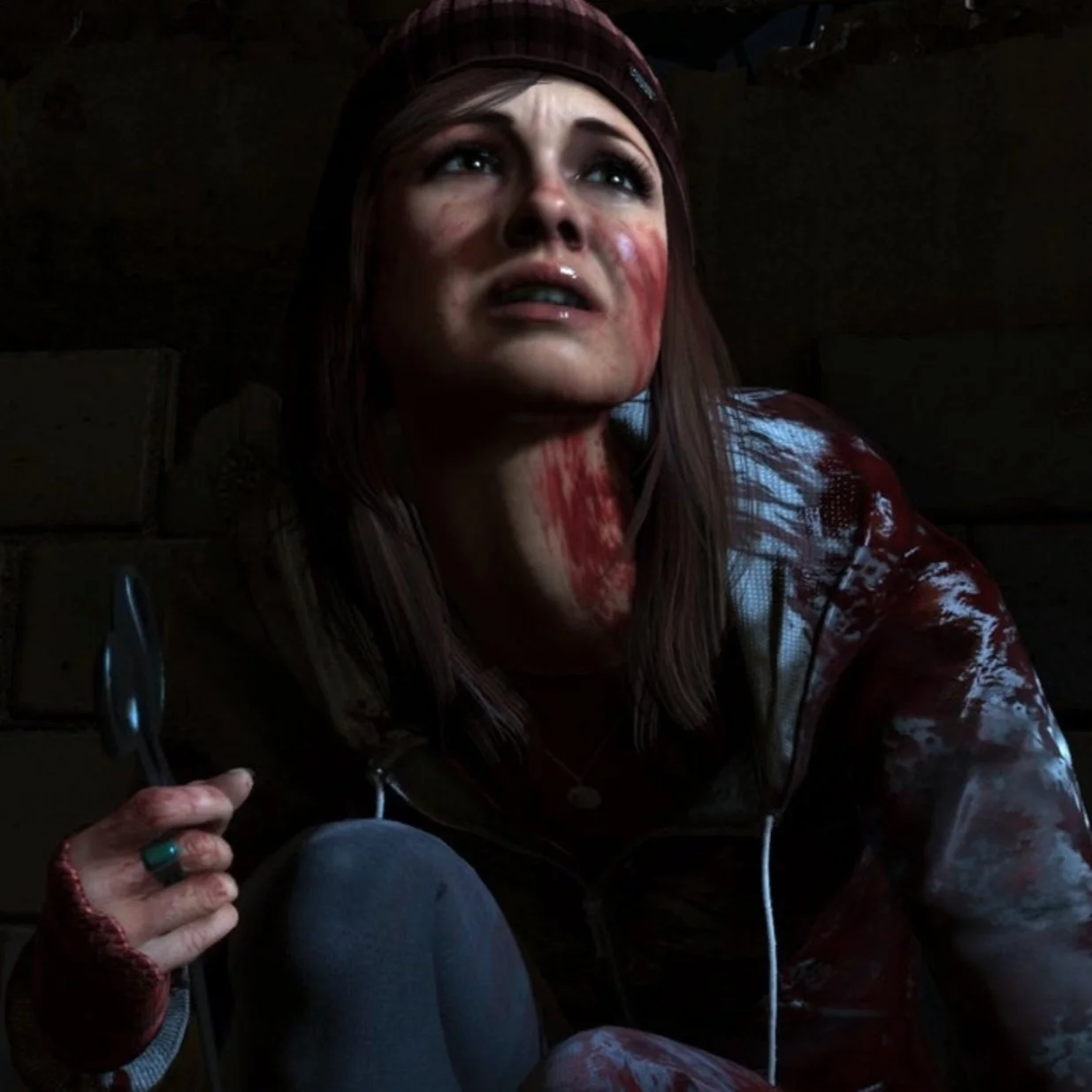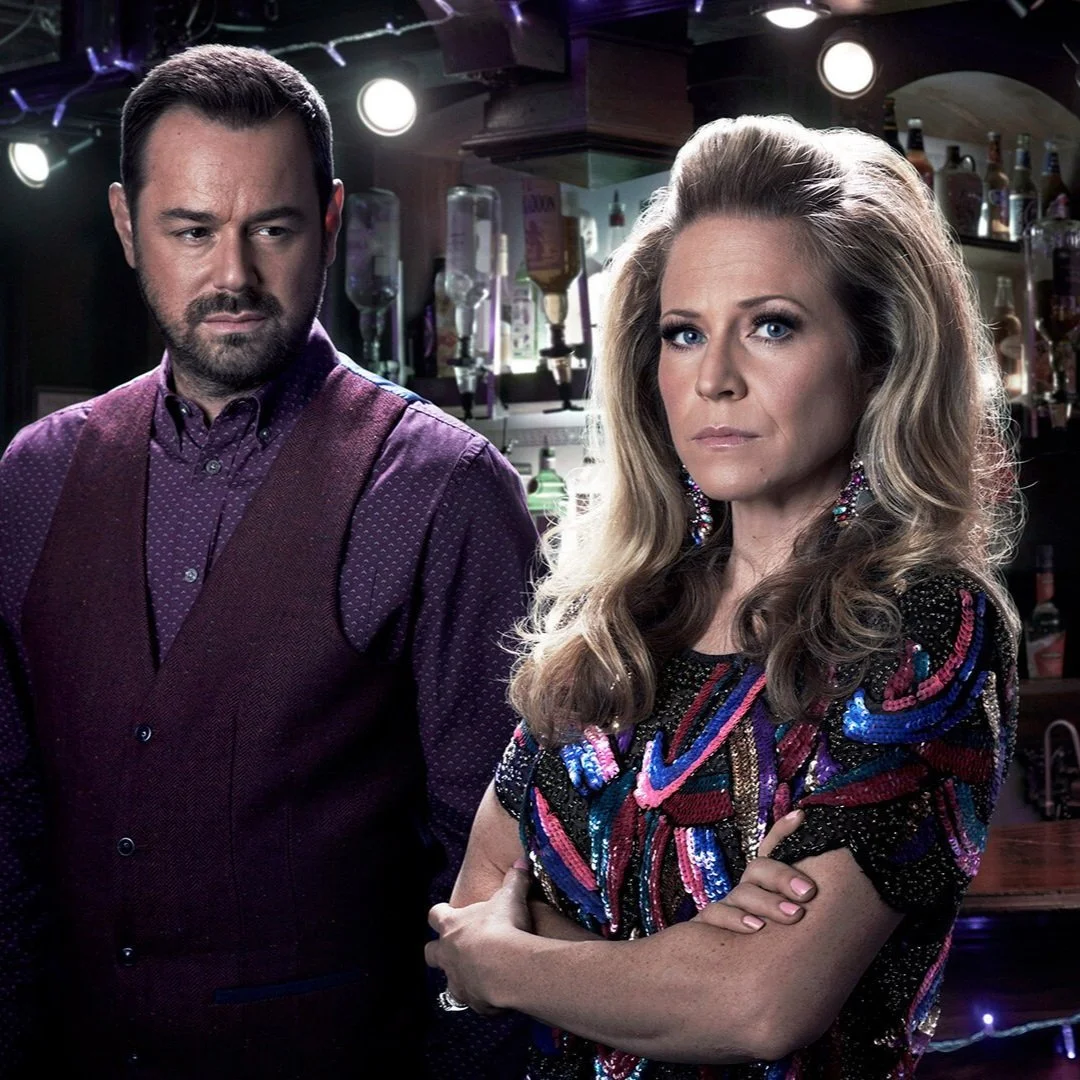My Heart’s Memory Turns To You: Derek Jarman’s Blue
“Charity has allowed the uncaring to appear to care and is terrible for those dependent on it. It has become big business as the government shirks its responsibilities in these uncaring times.”
More last testament than love letter, Derek Jarman’s 1993 experimental film Blue was as unique and challenging then as it continues to be today. More radio play than movie, it’s 79 minutes of an entirely blue saturated screen, over which two interwoven stories braid together to weave a story of Jarman’s recollected, daydreamed, restless experiences of living with AIDS in 1990s London, and the adventures of blue itself as a color and a character. Punctuated throughout are the ghostly names of Jarman’s former friends and lovers already lost to the disease.
“I’m walking along the beach in a howling gale. Another year is passing. In the roaring waters I hear the voices of dead friends. Love is life, it lasts forever. My heart’s memory turns to you. David. Howard. Graham. Terry. Paul.”
At the time of making the film, Jarman was losing his sight to the treatment, and only able to see in shades of blue, rendering him partially blind as the medicine, still highly experimental in the early nineties, struggled to ease the suffering of those affected by a condition few understood, and for whom society was still fearful. Jarman documents these complications, both as patient but also documentarian, leaving behind a witnessed record of lived experience that’s as tender as it is heartbreaking. The narrative often slips into sedated, dreamlike, lost modes, where the viewer, consumed by only the voices of the story but immersed in the visual sensation of the blue screen, takes Jarman’s hand and joins him on his journey to who knows where. We hold his hand as he dreams of being an astronaut, and wonders what it’s like to walk across a deep blue sky. But these beautiful moments are always swiftly contrasted with the numbing deterioration of Jarman’s body and eyesight as the side effects of treatment grow ever aggressive. Jarman would die of the disease in early 1994, mere months after the film’s release.
”The worst of the illness is uncertainty. I’ve played this scenario back and forth each hour of the day for the last six years. Blue transcends the solemn geography of human limits.”
When the film premiered in Britain, it aired simultaneously on both television and radio in September 1993, and even then the sense of finality was palpable. Jarman had been a prominent figure in British avant-garde cinema for many years, a popular, outspoken advocate for gay rights, and even produced commercial work for bands such as The Smiths. I remember watching it as it aired, and for many years the film never really left me alone. I often heard the voices in the streets after I’d moved to London and drank in the SoHo pubs Jarman had frequented. I knew the places he met up with his friends, and went for his treatment. And like him, I daydreamed whenever I visited the beautiful London parks. In later years I’d come to know what it felt like to be followed by the ghosts of one’s past.
”The virus rages fierce. I have no friends now who are not dead or dying. Like a blue frost it caught them. At work, at the cinema, on marches and beaches. In churches on their knees, running, flying, silent or shouting protest.”
Blue is one of those movies that isn’t a frequent visit. Shouldn’t be a frequent visit. I only watched it for the second time recently, almost thirty years since I’d last seen it when it originally aired on television. But as I listened to the voices from a life long passed, the ghostly waves of nostalgia crashed over me again and again. I remembered exactly what I was doing, and with whom, when I first saw it. Some of those memories weren’t welcome.
”In time, no one will remember our work. Our life will pass like the traces of a cloud, and be scattered like mist that is chased by the rays of the sun. For our time is the passing of a shadow, and our lives will run like sparks through the stubble. I place a delphinium, blue, upon your grave.”
Such is the transportational, teleportational power of the movies. The power to take you back to a time long gone, long forgotten, long lost. In this, Jarman’s film becomes immortal. Preserved in celluloid amber forever as the perfect artifact from a terrible time. An intensely tender, human document of a lonely, fearful moment. But it’s also a reminder of progress. Of how far the care and treatment given to those with HIV has come since the paranoia of the early nineties. Of how diagnosis and detection doesn’t immediately mean death sentence. And how far advances in medicine have reduced many of the physically crushing side effects Jarman went through.
”The pills are the most difficult, some taste bitter, others are too large. I’m taking about thirty a day, a walking chemical laboratory. I gag on them as I swallow them and they come up half dissolved in the coughing and the spluttering.”
In the finish, Blue, like all of Jarman’s advocacy, demands your attention. In these fragmented digital times, Blue can be a challenging watch, as it requires one’s focused attention on a screen of a single color for over an hour, and to lose oneself to the stories being woven around one’s ears. It’s worth it. It’s easy to think of the film as a radio play, but I don’t think that’s accurate. The visual component, as an echo of Jarman’s own condition, envelops you and draws you in even more than if you were just listening. It’s a film which will stay with you long after the credits roll, and a film you’ll hear echoes of in the future. You’ll hear it in hospital waiting rooms and busy streets. In quiet fields and windy beaches. In the memories of loved friends who’ve drifted away.
Blue is available to watch on YouTube.



